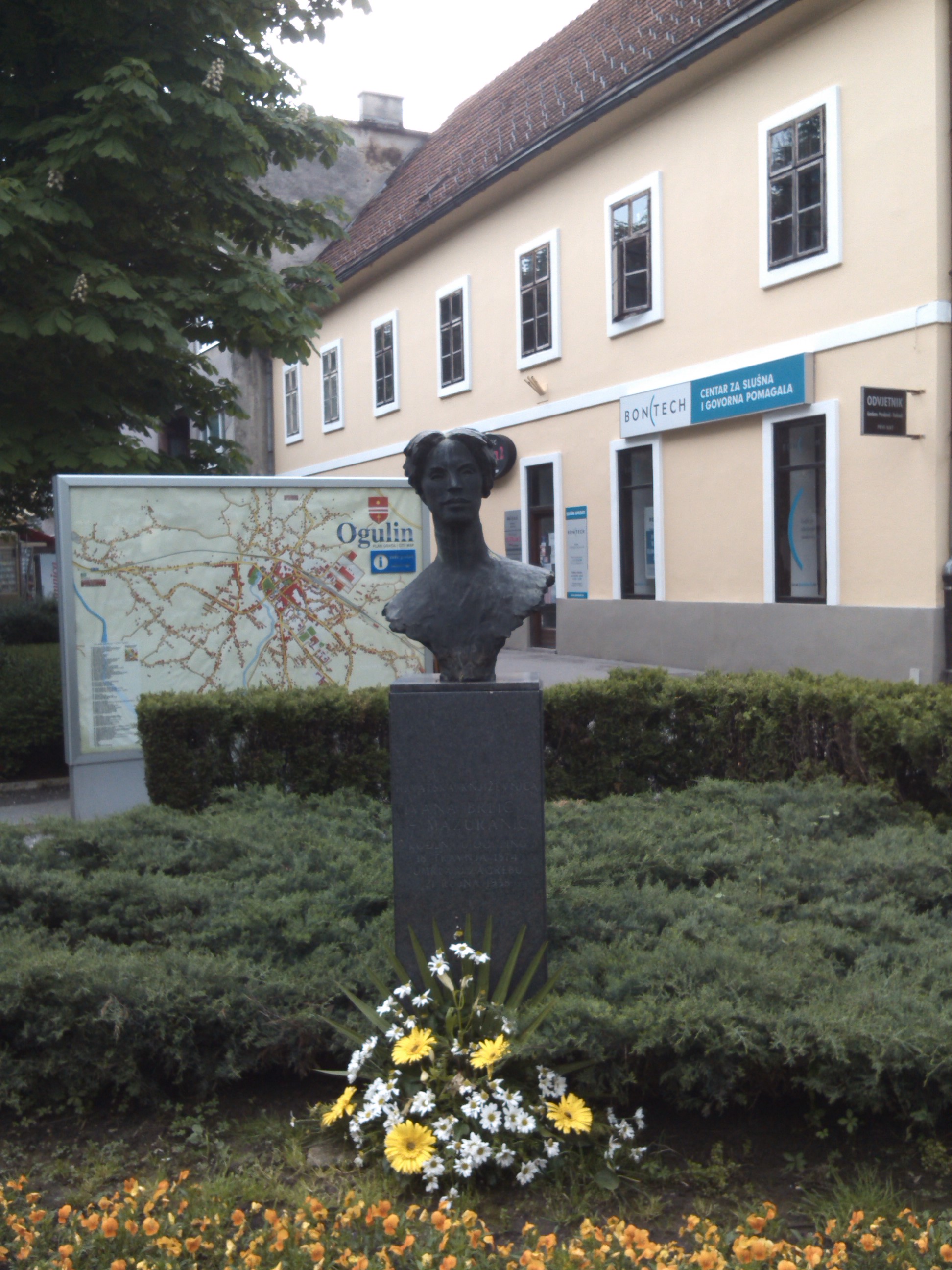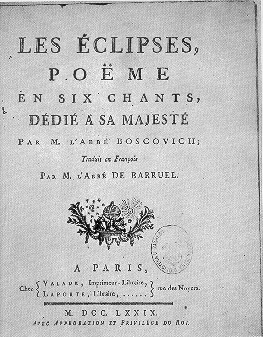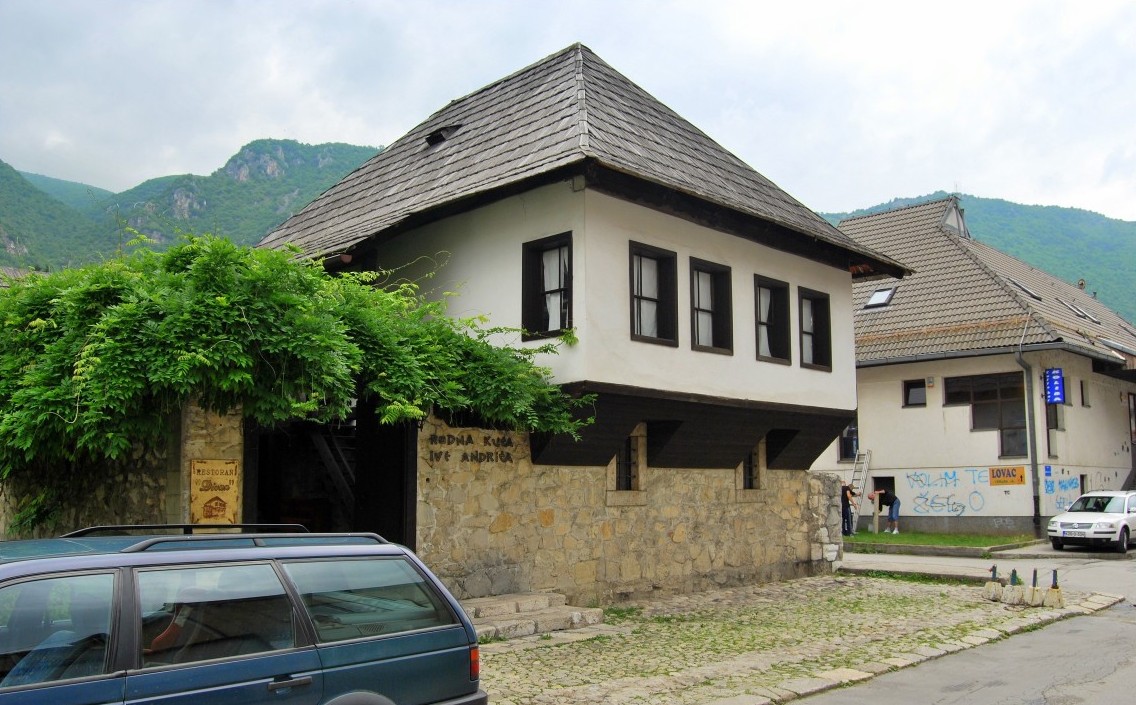|
Večernji List
''Večernji list'' (also known as ''Večernjak''; ) is a Croatian daily newspaper published in Zagreb. History and profile ''Večernji list'' was started in Zagreb in 1959. Its ancestor ''Večernji vjesnik'' ("Evening Courier") appeared for the first time on 3 June 1957 in Zagreb on 24 pages but quickly merged with ''Narodni list'' (meaning "People's Paper" in English) to form what is today known as ''Večernji list''. ''Večernji list'' is considered a conservative leaning newspaper. Editions ''Večernji list'' formerly had multiple regional and two foreign editions: * Dalmatia * Istria- Primorje-Lika * Slavonia and Baranja * Podravina and Bilogora * Varaždin and Međimurje * Zagorje * Sisak * Karlovac * Zagreb * Bosnia and Herzegovina * International edition In 2012, all of the Croatian regional editions were merged, so four editions remain: Zagreb, Croatia, Bosnia-Herzegovina and World. Croatia to the World In February 2021, Večernji list, in collaboration with the A ... [...More Info...] [...Related Items...] OR: [Wikipedia] [Google] [Baidu] |
Newspaper
A newspaper is a Periodical literature, periodical publication containing written News, information about current events and is often typed in black ink with a white or gray background. Newspapers can cover a wide variety of fields such as politics, business, Sport, sports and art, and often include materials such as opinion columns, weather forecasts, reviews of local services, obituary, obituaries, birth notices, crosswords, editorial cartoons, comic strips, and advice columns. Most newspapers are businesses, and they pay their expenses with a mixture of Subscription business model, subscription revenue, newsagent's shop, newsstand sales, and advertising revenue. The journalism organizations that publish newspapers are themselves often metonymy, metonymically called newspapers. Newspapers have traditionally been published printing, in print (usually on cheap, low-grade paper called newsprint). However, today most newspapers are also electronic publishing, published on webs ... [...More Info...] [...Related Items...] OR: [Wikipedia] [Google] [Baidu] |
Marin Getaldić
Marino Ghetaldi ( lat, Marinus Ghetaldus; hr, Marin Getaldić; 2 October 1568 – 11 April 1626) was a Ragusan scientist. A mathematician and physicist who studied in Italy, England and Belgium, his best results are mainly in physics, especially optics, and mathematics. He was one of the few students of François Viète and friend of Giovanni Camillo Glorioso. Biography Born into the Ghetaldi noble family, he was one of six children. He was known for the application of algebra in geometry and his research in the field of geometrical optics on which he wrote 7 works including the ''Promotus Archimedus'' (1603) and the ''De resolutione et compositione mathematica'' (1630). He also produced a leaflet with the solutions of 42 geometrical problems, , in 1607 and set grounds of algebraization of geometry. His contributions to geometry had been cited by Dutch physicist Christiaan Huygens and Edmond Halley, who calculated the orbit of what is known as Halley's comet, in England. Gh ... [...More Info...] [...Related Items...] OR: [Wikipedia] [Google] [Baidu] |
Ivan Česmički
Janus Pannonius ( la, Ioannes Pannonius, hr, Ivan Česmički, hu, Csezmiczei János or ; 29 August 1434 – 27 March 1472) was a Croatian- Hungarian Latinist, poet, diplomat and Bishop of Pécs. He was the most significant poet of the Renaissance in the Kingdom of Hungary and one of the better-known figures of humanist poetry in Europe. Life Born in Slavonia, Janus's father was a CroatÁdám Makkai''In quest of the 'miracle stag': the poetry of Hungary : an anthology of Hungarian poetry in English translation from the 13th century to the present in commemoration of the 1100th anniversary of the foundation of Hungary and the 40th anniversary of the Hungarian Uprising of 1956'' University of Illinois Press, 1996, p. 41 whose social status and relation to the nobility is unclear. His mother, Borbála Vitéz, was Hungarian. Pope Pius II wrote that Pannonius was of Slavonian origin (''de origine Slavonica''). His biographer and friend Vespasiano da Bisticci said that he was ... [...More Info...] [...Related Items...] OR: [Wikipedia] [Google] [Baidu] |
Ivana Brlić-Mažuranić
Ivana Brlić-Mažuranić (; 18 April 1874 – 21 September 1938) was a Croatian writer. Within her native land, as well as internationally, she has been praised as the best Croatian writer for children. Early life She was born on 18 April 1874 in Ogulin into a well-known Croatian family of Mažuranić. Her father Vladimir Mažuranić was a writer, lawyer and historian who wrote ''Prinosi za hrvatski pravno-povjestni rječnik'' (Croatian dictionary for history and law) in 1882. Her grandfather was the politician, the Ban of Croatia and poet Ivan Mažuranić, while her grandmother Aleksandra Demeter was the sister of well-known writer and one of keypersons of Croatian national revival movement, Dimitrija Demeter. Ivana was largely home-schooled. With the family she moved first to Karlovac, then to Jastrebarsko, and ultimately to Zagreb. Upon marriage to Vatroslav Brlić, a politician and a prominent lawyer in 1892, she moved to Brod na Savi (today Slavonski Brod) where she enter ... [...More Info...] [...Related Items...] OR: [Wikipedia] [Google] [Baidu] |
Roger Joseph Boscovich
Roger Joseph Boscovich ( hr, Ruđer Josip Bošković; ; it, Ruggiero Giuseppe Boscovich; la, Rogerius (Iosephus) Boscovicius; sr, Руђер Јосип Бошковић; 18 May 1711 – 13 February 1787) was a physicist, astronomer, mathematician, philosopher, diplomat, poet, theologian, Jesuit priest, and a polymath from the Republic of Ragusa.Biography: Roger Joseph Boscovich, S.J. Fairchild University website. He studied and lived in Italy and France where he also published many of his works. Boscovich produced a precursor of and made many contributions to |
Josip Belušić
Josip Belušić (March 12, 1847 - January 8, 1905) was a Croatian people, Croatian inventor and professor of physics and mathematics. He was born in the small settlement of Županići, in the region of Labin, Istria, and schooled in Pazin and Koper. Belušić continued his studies in Vienna, later resettling in Trieste before coming back to Istria, where he built his best known invention, the speedometer. After completing his studies, Belušić was employed as a professor of physics and mathematics at the Royal School of Koper. Later, he became director of the Maritime School of Podgrad, Ilirska Bistrica, Castelnuovo, and was employed as an assistant professor in that institution. In 1887 Belušić publicly experimented for the first time with his new invention, an electric speedometer. The invention was patented in Austria-Hungary under the name of ''"Velocimeter."'' Belušić exhibited his invention at the 1889 Exposition Universelle (1889), Exposition Universell in Paris, renam ... [...More Info...] [...Related Items...] OR: [Wikipedia] [Google] [Baidu] |
Giorgio Baglivi
Giorgio Baglivi ( la, Georgius Baglivus; hr, italic=yes, Gjuro Baglivi; September 8, 1668 – June 15, 1707), born and sometimes anglicized as was a Croatian-Italian physician and scientist. He made important contributions to clinical education, based on his own medical practice. His '' De Fibra Motrice'' advanced the "solidist" theory that the solid parts of organs are more crucial to their good functioning than their fluids, against the traditional belief in four humors. Baglivi, however, advocated against doctors relying on any general theory rather than careful observation. He was "a distinguished physiological researcher fascinated by the nerves, his microscopic studies enabled him to distinguish between smooth and striated muscles and distinct kinds of fibres." Life Giorgio was born to Blasius Armeno and Anna de Lupis on September 8, 1668, in Ragusa (now Dubrovnik, Croatia). His mother was Croatian, while his father was possibly of Armenian descent His p ... [...More Info...] [...Related Items...] OR: [Wikipedia] [Google] [Baidu] |
Ivo Andrić
Ivo Andrić ( sr-Cyrl, Иво Андрић, ; born Ivan Andrić; 9 October 1892 – 13 March 1975) was a Yugoslav novelist, poet and short story writer who won the Nobel Prize in Literature in 1961. His writings dealt mainly with life in his native Bosnia under Ottoman rule. Born in Travnik in Austria-Hungary, modern-day Bosnia and Herzegovina, Andrić attended high school in Sarajevo, where he became an active member of several South Slav national youth organizations. Following the assassination of Archduke Franz Ferdinand in June 1914, Andrić was arrested and imprisoned by the Austro-Hungarian police, who suspected his involvement in the plot. As the authorities were unable to build a strong case against him, he spent much of the war under house arrest, only being released following a general amnesty for such cases in July 1917. After the war, he studied South Slavic history and literature at universities in Zagreb and Graz, eventually attaining his PhD. in Graz in 19 ... [...More Info...] [...Related Items...] OR: [Wikipedia] [Google] [Baidu] |
Meštrović Pavilion
The Meštrović Pavilion ( hr, Meštrovićev paviljon), also known as the Home of Croatian Artists () and colloquially as the Mosque (), is a cultural venue and the official seat of the Croatian Society of Fine Artists (HDLU) located on the Square of the Victims of Fascism in central Zagreb, Croatia. Designed by Ivan Meštrović and built in 1938, it has served several functions in its lifetime. An art gallery before World War II, it was converted into a mosque under the Independent State of Croatia and was subsequently transformed into the Museum of the Revolution in post-war Yugoslavia. In 1990, it was given back to the Croatian Association of Artists. After extensive renovation, it has served as a space for exhibitions and events since 2006. History Conception In the early 1930s, the Croatian Art Society Josip Juraj Strossmayer was seeking a new exhibition space. At that time, sculptor Ivan Meštrović, then the president of Art Society Strossmayer, was given the task to cr ... [...More Info...] [...Related Items...] OR: [Wikipedia] [Google] [Baidu] |
Academy Of Fine Arts, University Of Zagreb
The Academy of Fine Arts Zagreb ( hr, Akademija likovnih umjetnosti u Zagrebu or ALU) is a Croatian art school based in Zagreb. It is one of the three art academies affiliated with the University of Zagreb, along with the Academy of Dramatic Art (ADU) and the Academy of Music (MUZA). The Academy was established in June 1907 as the ''Royal College for Arts and Crafts'' ( hr, Kraljevsko zemaljsko više obrazovalište za umjetnost i umjetni obrt) and initially had three departments, for sculpting, painting and art education. Academy's first professors were Robert Frangeš-Mihanović, Rudolf Valdec, Robert Auer, Oton Iveković, Bela Čikoš Sesija, Menci Klement Crnčić and Branko Šenoa. The Academy is still based in its original location at 85 Ilica street in Zagreb. Since 1926 the architecture department was briefly active at the academy, and was headed by Drago Ibler. The graphic arts department was established in 1956, the restoration department in 1997 and the departm ... [...More Info...] [...Related Items...] OR: [Wikipedia] [Google] [Baidu] |
Bosnia And Herzegovina
Bosnia and Herzegovina ( sh, / , ), abbreviated BiH () or B&H, sometimes called Bosnia–Herzegovina and often known informally as Bosnia, is a country at the crossroads of south and southeast Europe, located in the Balkans. Bosnia and Herzegovina borders Serbia to the east, Montenegro to the southeast, and Croatia to the north and southwest. In the south it has a narrow coast on the Adriatic Sea within the Mediterranean, which is about long and surrounds the town of Neum. Bosnia, which is the inland region of the country, has a moderate continental climate with hot summers and cold, snowy winters. In the central and eastern regions of the country, the geography is mountainous, in the northwest it is moderately hilly, and in the northeast it is predominantly flat. Herzegovina, which is the smaller, southern region of the country, has a Mediterranean climate and is mostly mountainous. Sarajevo is the capital and the largest city of the country followed by Banja Luka, ... [...More Info...] [...Related Items...] OR: [Wikipedia] [Google] [Baidu] |





.jpg)